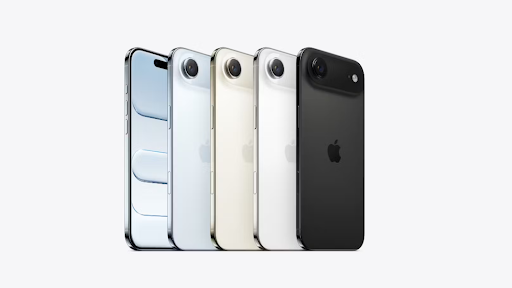Apple’s latest product launch sharply crystallized the diverging strategies of the world’s top tech giants. While Apple showcased its mastery of industrial design with the impossibly thin iPhone Air, it also inadvertently highlighted its secondary position in the artificial intelligence race, where Google’s dominance continues to grow.
The “awe-dropping” event was a tribute to physical form. The 5.6mm titanium iPhone Air is a marvel, and CEO Tim Cook’s presentation centered on Apple’s role as a design standard-bearer. But the software story was one of catching up. The new AirPods’ live translation feature, for example, is a direct answer to a capability Google’s Pixel Buds have had for years.
More telling was the silence around “Apple Intelligence” and the delayed Siri overhaul. Apple has reportedly held talks with Google about licensing its Gemini AI models, a move that would be a tacit admission of its rival’s superiority in the field. While Apple perfects the physical object, Google is perfecting the digital brain that powers it.
Consumers now face a choice between these two philosophies. Do they prefer Apple’s ecosystem of beautifully crafted, user-friendly hardware, or Google’s suite of deeply integrated, AI-powered services? The success of the iPhone 17 will depend on how many people still believe the best design is what you can hold in your hand, not the intelligence you access in the cloud.

